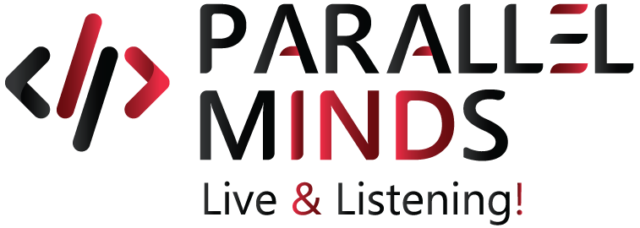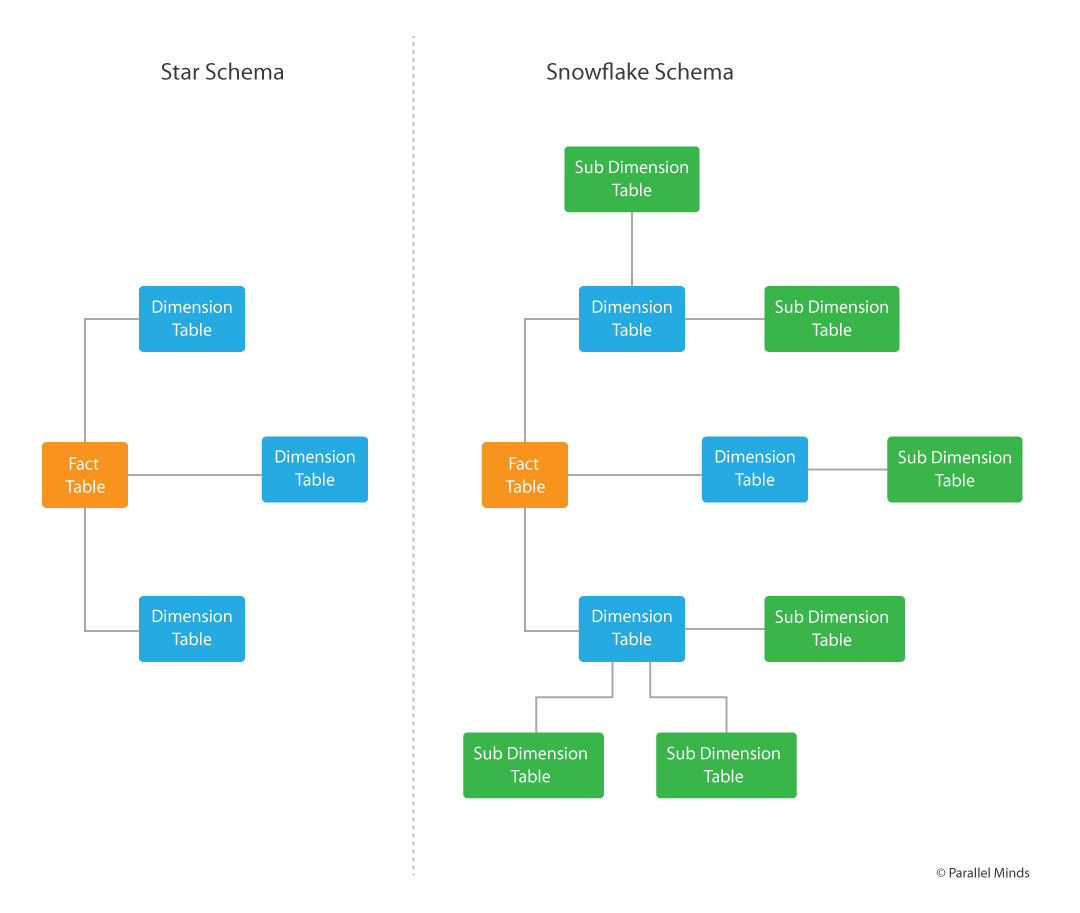The Digital Evolution of a Lean Manufacturing Ecosystem: The Turnaround from Waste to Profit
Table of Contents
Using the Digital Bridge to Close the Lean Gap
In manufacturing, the risk of waste threatens to drag down a business through multiple trajectories. Whether it is defective parts or overstocked items, every lost prospect to save and optimize results is a waste of time, resources, or opportunities. In numbers, this amounts to around 30% of manufacturing costs, but when you list the hidden costs ranging from the loss of market share and competitive mileage to the deterioration of business health, the risks are too severe to ignore.
This is where introducing Lean Manufacturing’s philosophy and methodology to your business makes all the difference. But this is only the beginning. As a tech leader committed to providing clients with the value and rewards of inculcating this philosophy into their digital structure, I use this space to discuss how efficiency and profitability are natural derivatives of a manufacturing unit dedicated to the tenets of Lean. More importantly, I also demonstrate how harnessing the power of digital technology remains a crucial move that unlocks its full potential.
Core Principles of Lean Manufacturing: The Fundamentals of Operational Brilliance
Lean manufacturing is a lot more than just a set of tools put to work to eliminate waste and maximize profits. It is a way of doing business and setting up processes so that every working component and stakeholder of your company adheres to its five principles.
Identifying Value: The rapid evolution of customer needs makes it imperative that manufacturing leaders and important stakeholders in a business give customers the right reasons to assign value to their products. Once these elements are defined, the next step is to dive deep into process structures to identify the components that do not contribute to this value or even take value away from it.
Mapping the Value Stream: From the raw material to the finished product that reaches the customer, this entire journey represents the value stream of the product lifecycle, and mapping the value stream requires visualizing every step and identifying the entire flow. Next comes identifying the seven wastes of lean, and ensuring that these wastes (overproduction, waiting, transportation, over-processing, inventory, motion, and defects) do not eat into your resources and dent efficiency.
Creating Flow: Ensuring a seamless flow throughout the production process, identifying bottlenecks to introduce measures ranging from process streamlining to layout optimization to improve output time, and setting up a pull system where reducing inventory and minimizing waste are prioritized are goals to pursue and meet.
Pull System: When it’s the customer who creates demand, why should a production schedule follow any other system? A pull system is customer-driven. It reduces arbitrary production and enables manufacturing lines to quickly respond to customer demand without the need for overstocking or the risk of stockouts.
Continuous Improvement: Lean is a journey that requires a culture of improvement and empowerment so that every employee is an informed and willing participant. This induces a work structure where incremental changes keep pouring in from various quarters, experimentation remains key in an organizational will to move forward consistently, and even small wins are treated as big ones because every win contributes to the goal of Lean.
How Digital Transformation Amplifies Lean Manufacturing Impact
While Lean principles have for long been proven impactful, the advent and evolution of digital tools have given them a powerful set of tools to further amplify this impact. In harnessing new technologies, this impact can be even more pronounced in terms of agility, efficiency, innovation.
Real-Time Data Visibility: While traditional Lean relies on manual collection, verification, and analysis of data, digital tools help eliminate the problems of reactive decision-making and delayed insights. With sensors feeding constant data on performance parameters, even the slightest anomalies can be detected immediately, thus making tools like IoT sensors, data analytics platforms, and ERP systems your door to real-time insights.
Predictive Analytics and AI: While traditional Lean focuses on reacting to inefficiencies and anomalies, AI and predictive analytics put you ahead of these delays and help you move to a proactive environment where you can anticipate issues and prevent them in time. Machine learning algorithms identify issues by analyzing historical data on production patterns, prevalent disruptions, sales trends, market data, and even social media trends to prepare you in advance.
Automation and Robotics: As human-driven tasks become repetitive, they are more prone to error due to fatigue. Automation and robotics take over such tasks and build processes where error-free efficiency is easier to accomplish. Robotics delicately handle precise assembly lines and components, while automation solutions handle material supply and inventory management. This also relieves human teams from monotonous processes, giving them the time to use their creativity and focus on more valuable tasks such as innovation, quality control, and system improvements.
Collaborative Platforms: Lean manufacturing provides optimal results when collaboration and communication systems between departments and stakeholders are equally robust. Digital tools like specialized project management platforms facilitate real-time collaboration and information-sharing, in turn accelerating problem-solving and improvements. Now, quality issues can be resolved on the go and real-time data and collaborations can minimize disruptions and reduce adverse impact on production.
At Parallel Minds, We Know Your Teams Deserve a Digital Lean Manufacturing Ecosystem
Eyes and Ears on the Manufacturing Floor: Sensors, AI algorithms, and even the products are all potential data-rich components in your manufacturing ecosystem. A digital upgrade will give your employees the advantage of predictive maintenance, bottleneck identification, and promote optimal asset utilization. All these factors will reduce exhaustion due to downtime and cut down on workforce fatigue brought on by manual analysis and adjustments.
Transforming Data into Actionable Intelligence: Your team deserves a robust analytics platform to depend on for aggregated data from various sources to enable the uncovering of hidden insights, predictive patterns, and correlated risks and opportunities. Advanced analytics and AI can deliver to them the information they need to improve quality, delivery, efficiency, and affordability, giving them the tools they need to do justice to their roles as primary stakeholders driving business success.
Giving Your Business a Digital Backbone: Your inventory, production, sales, finance, and other essential departmental components can now be offered on a cloud-based ERP system that your employees and managers can access promptly to track key metrics and arrive at data-inspired conclusions. The scalability factor can further enhance innovation through experimentation, giving your workforce the chance to pursue continuous improvement.
Precision and Efficiency: In the digital age, your workforce is looking to move beyond repetitive, mundane tasks that leave them physically exhausted and mentally fatigued. As leaders, we need to ensure their physical and mental health by automating hazardous, monotonous tasks and moving them on to more value-driven duties such as innovation and problem-solving. Robotics and automation solutions can drive this change in your organization.
Team Connectivity: Workers thrive on effective communication and real-time collaboration that enables different departments to work as a single unit, delivering results and solutions while working towards the common goals of transparency, improvement, and success. A collaborative workforce is an empowered workforce. As leaders, we owe our employees a work atmosphere where digital tools and project management platforms enable the free flow of information and insights.
Integrating the right mix of digital tools to align with Lean principles empowers your workforce, gives your manufacturing ecosystem tools and insights to innovate and improve, and introduces your business to a new age of efficiency and agility.
Get in touch with the Parallel Minds today to know how we can build for you a competitive manufacturing landscape driven by digital tools and solutions.
AI’s potential to reshape the manufacturing landscape through the optimization of every operational component makes it a potent business solutions partner. At Parallel Minds, we recognize every element in an impressive lineup and provide our manufacturing clients with every AI advantage to propel their business forward. .
Share:
About the author

Parag Bihade, Founder and CEO of Parallel Minds, and co-founder of DATASMITH AI led by Kirti Bihade, brings 25 years of extensive experience in software programming and a passion for data and digital transformation.
Parag leads a team dedicated to empowering mid-sized manufacturers with innovative tech solutions. @Kirti Bihade – Team Parallel Minds is pursuing her Ph.D in AI and has extensive experience in Data Science, Machine Learning, and Data Visualization.
More Posts

Value Stream Mapping – Current and Future States
If you’ve ever witnessed a brilliant idea with the potential to develop into a successful

The Digital Evolution of a Lean Manufacturing Ecosystem: The Turnaround from Waste to Profit
As leaders in the tech space, we owe it to our respective industries to revolutionize


